All of the infantry, approximately 2,000 men, was wiped out on a field close to the settlement. Only Cerialis and his cavalry managed to escape.
“In stature she was very tall, in appearance most terrifying, in the glance of her eye most fierce, and her voice was harsh; a great mass of the tawniest hair fell to her hips; around her neck was a large golden necklace; and she wore a tunic of divers colors over which a thick mantle was fastened with a brooch. This was her invariable attire …”
That was how the famed Roman historian Cassius Dio described Boudicca the Iceni warrior queen. She alone roused her tribe to action. She almost united all of the warrior clans in southern Britain and stood up to the might of Rome.
Boudicca’s words sparked the flame that ignited the fire of vengeance, a fury that wrought havoc throughout the Roman province of Britannia.
There was an agreement in place that King Prasutagus (Boudicca’s husband) could rule his tribe, even though the Romans had overall control of the region. After his passing, his two daughters would be co-heirs with the Roman emperor. But when he died in 60 AD in today’s Norfolk, the Romans confiscated his lands and merged them into the growing Roman province of Britannia.
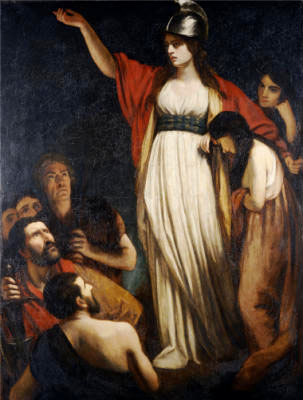
When Boudicca attempted to rectify this, she was whipped for her insolence and forced to watch as her two daughters, Isolda and Siora, were violated by Roman Legionaries. She swore revenge against the cruel invaders and breakers of treaties.
“Nothing is safe from Roman pride and arrogance. They will deface the sacred and will deflower our virgins. Win the battle or perish, that is what I, a woman, will do,” is what she is quoted as saying by the Roman historian Tacitus.
And she did…
When Roman investors, including (probably) the philosopher and Emperor Nero’s tutor, Seneca, went a step further by demanding the repayment of credits which they had granted to the Britons in the region, it was a step too far. The entire area flared up in revolt.
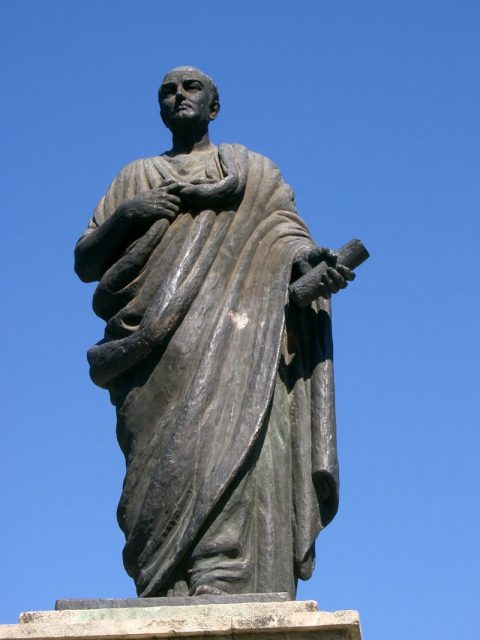
The Iceni soon joined forces with the Trinovantes and other tribes. Finally, 120,000 warriors are said to have followed Boudicca’s battle cry.
The conditions for the uprising were favorable. The Roman governor Suetonius Paulinus waged war in faraway Wales against the druids at Mona, today’s Isle of Anglesey. He had with him two of the four legions stationed in Britain. Only the Legio IX Hispana stationed at Lindum Colonia, modern-day Lincoln, was close enough to stand in Boudicca’s way.
The Legate Quintus Petillius Cerialis of the Hispana promptly marched south to face the rampaging warrior tribes. As Rome was a paternalistic society and considered the people of Britain as mere barbarians, Petillius underestimated the warrior queen.
This arrogance cost him dearly when the Britons routed his legion while it attempted to break the siege of Camulodunum (Colchester). All of the infantry, approximately 2,000 men, was wiped out on a field close to the settlement. Only Cerialis and his cavalry managed to escape.
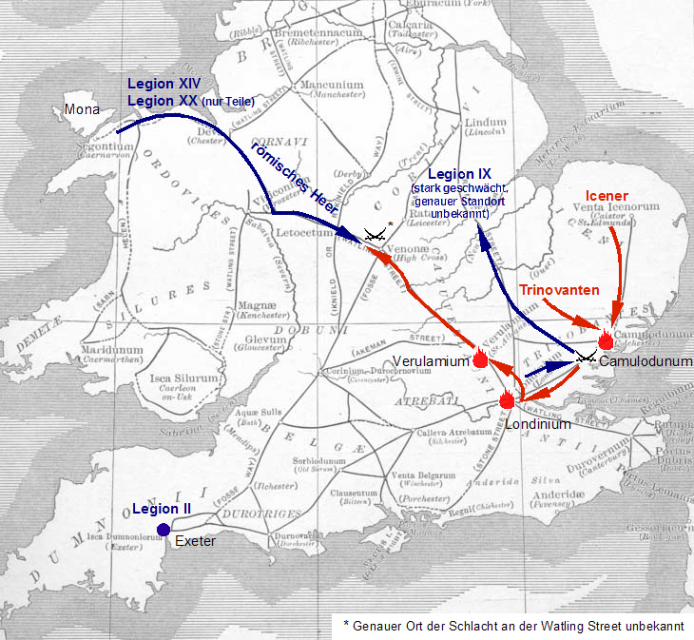
Boudicca’s campaign of revenge continued unopposed –– the biggest prize was within her sights: Londinium (London), the commercial center of Roman Britain.
It was a relatively young settlement only having been created a little under 20 years before in 43 AD shortly after the Roman conquest of the island. However, it had grown in size considerably and, most importantly, it housed most of the province’s wealth.
Meanwhile, Suetonius hurriedly marched down Watling Street, reaching Londonium before the marauding Britons. The governor considered holding his ground and giving battle there but changed his mind. Instead, he abandoned the city to its fate after hearing of Petillius’s defeat at the Battle of Camulodunum.
Boudicca was relentless. She promptly attacked Londinium (London) followed by Verulamium (St. Albans). Both towns were burnt down. It is said that about 70,000 Romans were casualties and left to the mercy of the flames.
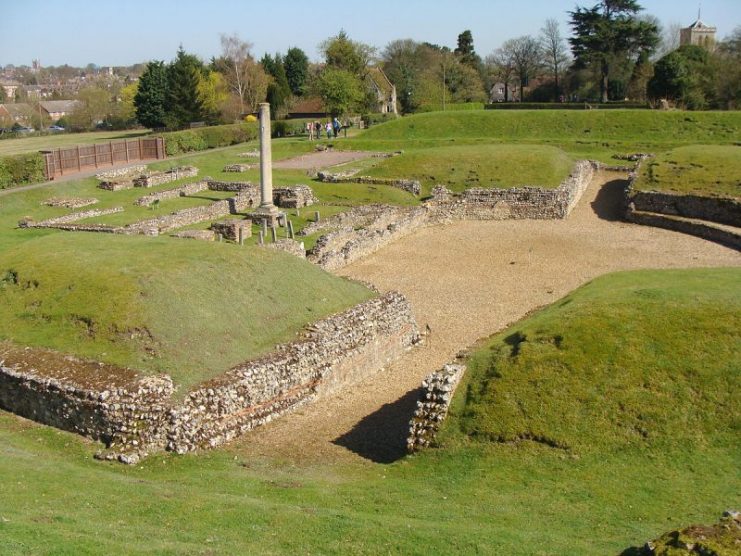
It is even claimed that Emperor Nero considered withdrawing all troops from Britain when the disturbing news reached him. The fate of Roman Britain lay in the hands of one man: Governor Suetonius Paulinus. And he did not suffer from the same hubris as Petillius. Boudicca had finally met more than her match.
The governor hastily regrouped his forces that, according to Tacitus, consisted of his own Legio XIV Gemina, some vexillationes (detachments) of the XX Valeria Victrix, and what auxiliary units remained to him.
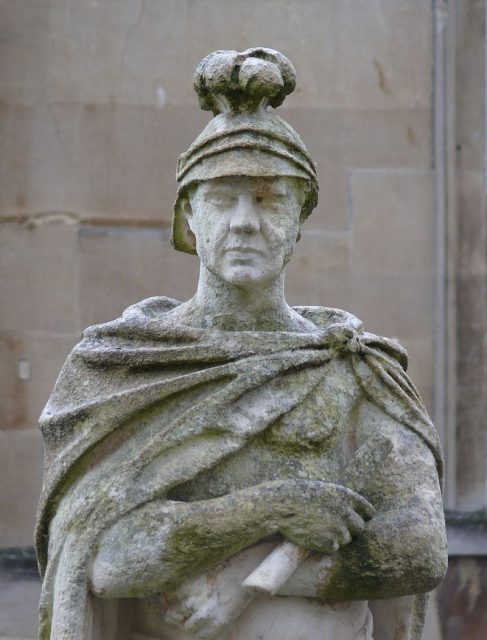
Poenius Postumus, the Legate of the Legio II Augusta which was the later Emperor Vespasian’s former legion, ignored the call to action. His inertia was another clear sign of Roman arrogance. Nonetheless, Suetonius had 10,000 men at his disposal.
On the road that led from London to the northwest of the country, somewhere in the West Midlands, was the stage for an epic battle.
The Romans were hopelessly outnumbered. Modern historians estimate that 80,000 Britons stood against 10,000 Romans. Their more ancient colleagues even claimed that Boudicca had 230,000 to 300,000 warriors at her disposal. However, this is unlikely.
Queen Boudicca rallied her brave men and woman with fiery oratory from her position on her war chariot. Her two daughters stood beside her, the three women resembling the furies of Hades.
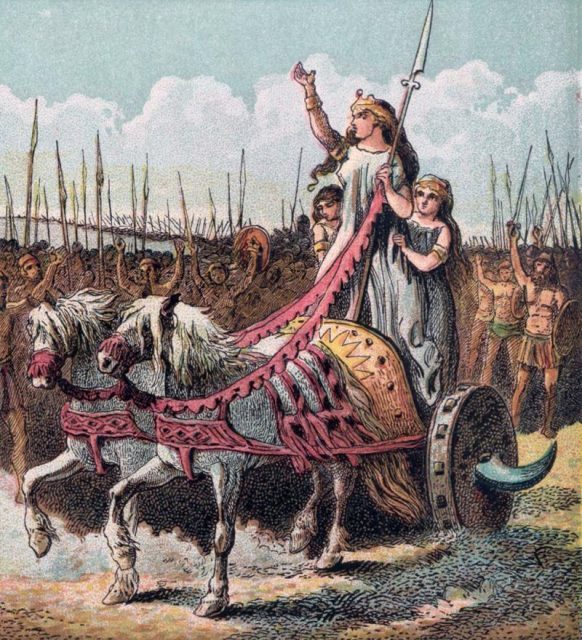
However, the Celts had very little hope of defeating the superior discipline and fighting power of the organized ranks of a Roman legion. Suetonius had arranged his troops in neat lines with his flanks protected by a narrow gorge. This was the kind of close-quarter fighting in which the Romans excelled.
The Romans waited in silence until the Celts were upon them. Then the Legionaries threw their pila, specially designed Roman throwing spears, after which they cut through the enemy like a hot knife through butter. Tens of thousands of Britons fell.
“The Romans did not spare even the women. Baggage animals too, transfixed with weapons, added to the heaps of the dead,” wrote Tacitus.
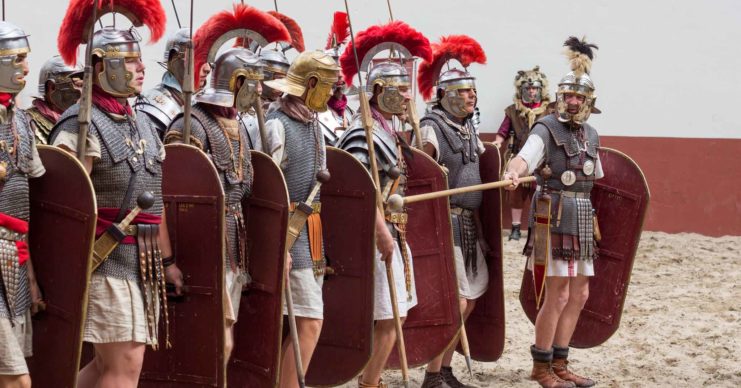
The historian then went on to say that Boudicca ended her life with poison, but Cassius Dio claimed that she had fallen ill and died because of grief over the defeat.
Read another story from us: How a Mathematician Stopped the Roman Army: The Siege of Syracuse
What remained of the Celts retreated to the remote regions of Western Britain and Gaul. However, despite her defeat, Queen Boudicca’s rebellion shook the very foundation of Rome to its core.
To this day, her steadfastness is a symbol of British resolve in the face of tyranny. Statues throughout the country bear testament to her bravery and her importance to history.
